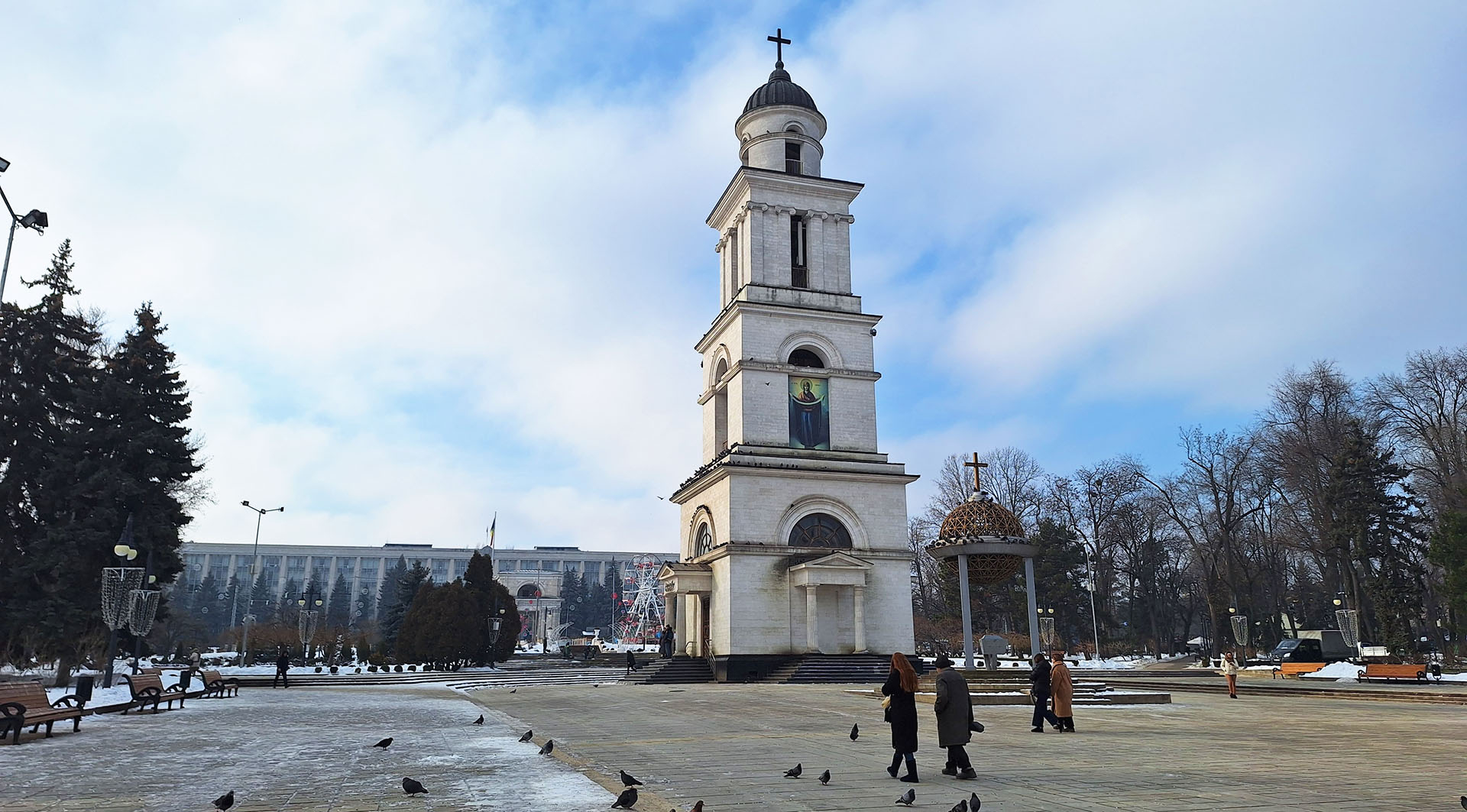Moldova is considered the poorest country in Europe and the least visited. And the capital Chisinau, the ugliest!
With a complicated history, initially as a part of Romania and later as a member of the former Soviet Union, Chisinau’s architecture is a blend of medieval and Soviet styles, while the strict Soviet forms are more popular in the rest of the country. Its official language is Romanian, but Russian is also widely spoken. However, due to the recent Russia-Ukraine war, Moldova rose to the 2nd place on the list of the poorest countries in Europe, leaving the first place to Ukraine, and after opening to tourism with some extra flights, such as the Greek Aegean airlines, it’s slowly begun to be a part of the European tourist map.
My personal experience of this trip though was excellent!!
I traveled from Thessaloniki to Bucharest with Ryanair in January 2024. In the heart of the winter, with incredible cold and snow, which however, made the gray, strict, Soviet style towns of Moldova a little bit more attractive. There was also an alternative direct flight from Athens to Chisinau, but it was much more expensive than the one I chose.
From Bucharest, I booked a night bus to Chisinau, leaving at 00.00 and arriving around 08.30 am. the next day. At the Filaret bus station in Bucharest though, which is located outside the city center, I had a very unpleasant incident: the waiting room was closed, there was no toilet and no shop around to buy water and food for the journey, so I had to go back to the city center, while it was pouring rain and the cold was unbearable. Thankfully, the bus ride was very comfortable, and I managed to sleep at least all the way to the Moldovan border. An alternative way to reach Chisinau is the soviet train, but I opted for the bus as the journey was shorter. However, the train ride is a very special experience, according to other travelers who have used it.
Moldova is not a member of the European Union, so a passport is needed, but not a visa (for the Greek passport holders, you should check yours). The process at the border was very simple, the bus was checked by the border police of both countries, and since there was no issues, we entered Moldova and reached the capital in less than 2 hours.
Travel expenses:
- Thessaloniki – Bucharest – Thessaloniki flight by Ryanair: 34€
- Bucharest – Chisinau – Bucharest bus ticket with the Moldovan company Gal Trans: 34€
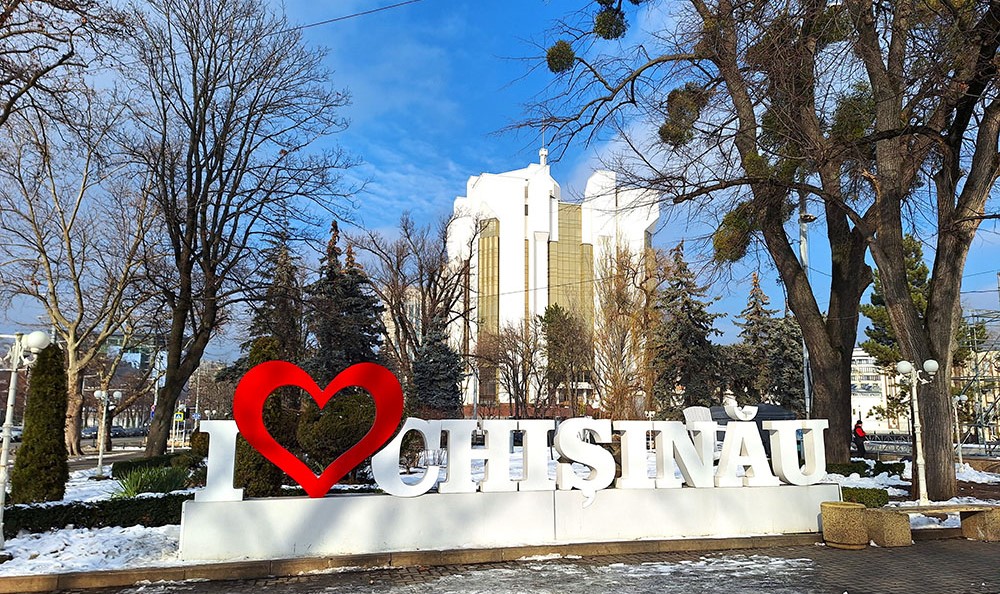
Reaching Chisinau, the bus stopped at the North bus station, outside the town. From there, I had to take a city bus to the central station, in order to continue my ride to Tiraspol. At the first station I exchanged euros to Moldovan lei and bought a local sim card that I also used in Transnistria (although the connection there was very weak). I came back to Chisinau 2 days later, and during the next days I was exploring the capital, and the capital of Gagauzia.
To travel around the country I used public transportation, the traditional marshrutkas (those small vans that locals use to move inside and outside the towns). They can be found mainly at the bus stations or in the middle of the street. Sometimes they stick to the schedule, other times they leave as soon as they are full.
Travel expenses:
- City bus no.9 from the North bus station to the city center: 0,30€ (6 lei)
- Moldcell 40GB SIM card: 2,50€ (49 lei)
- City bus ticket within Chisinau: 0,30€ (6 lei)
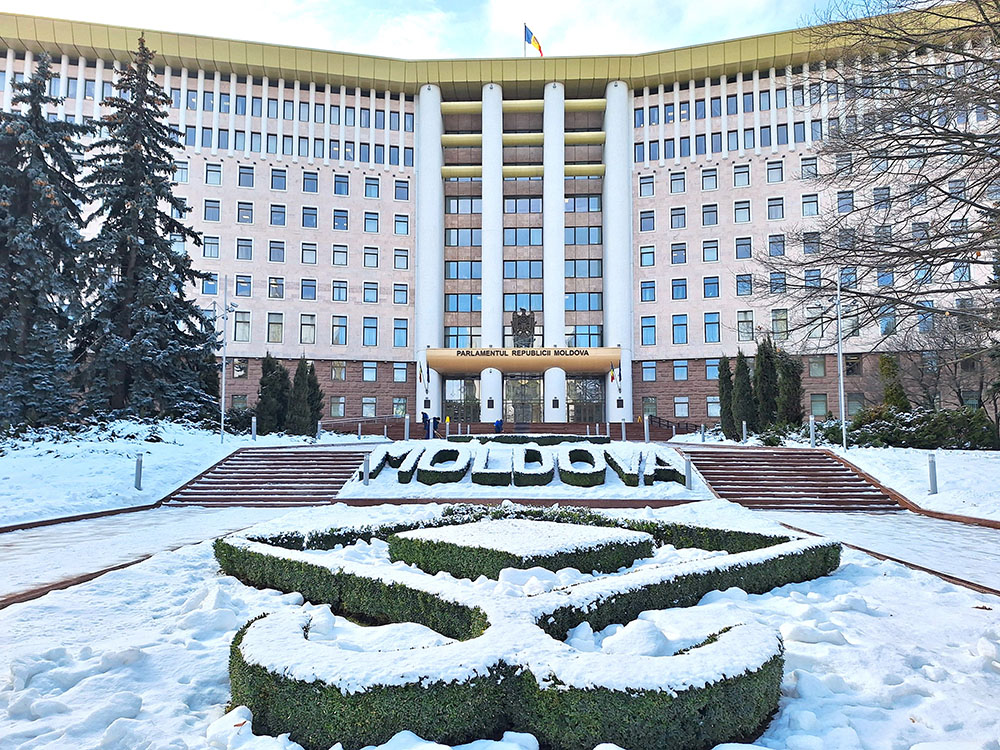
the Parliament

the Cathedral
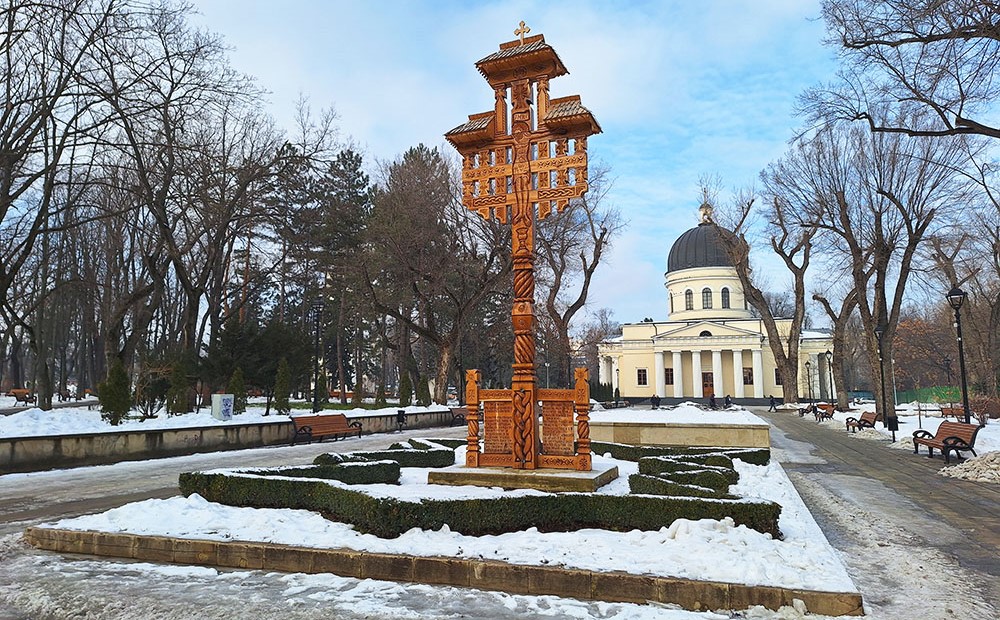
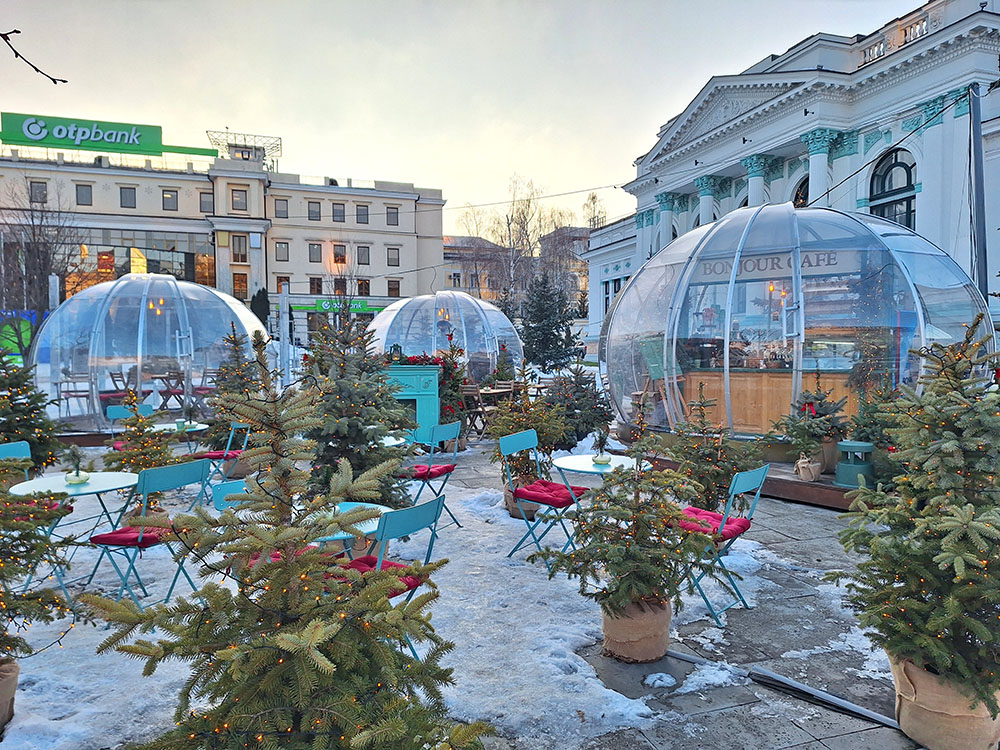
Bonjour cafe

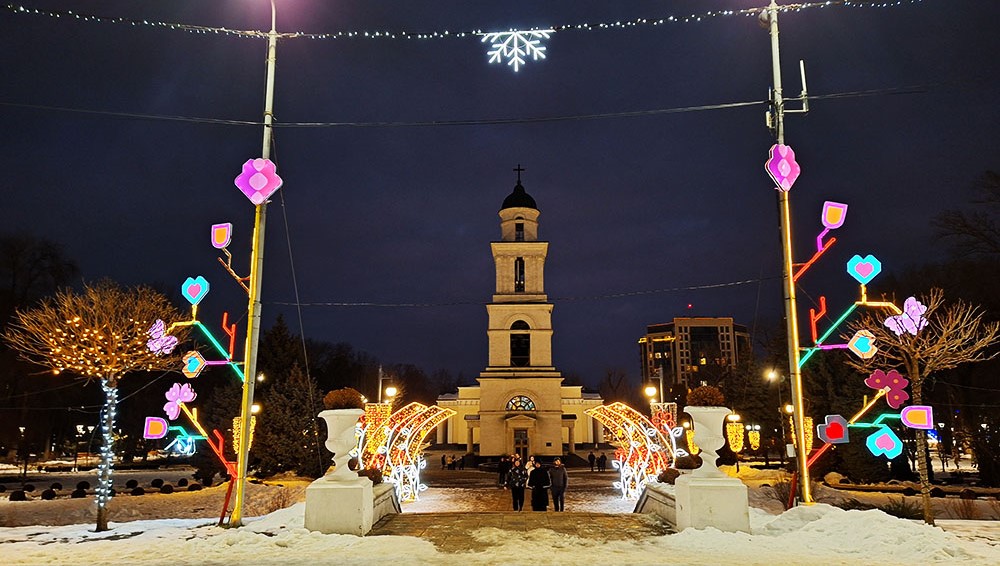
the Cathedral bell tower


the Arch of Triumph

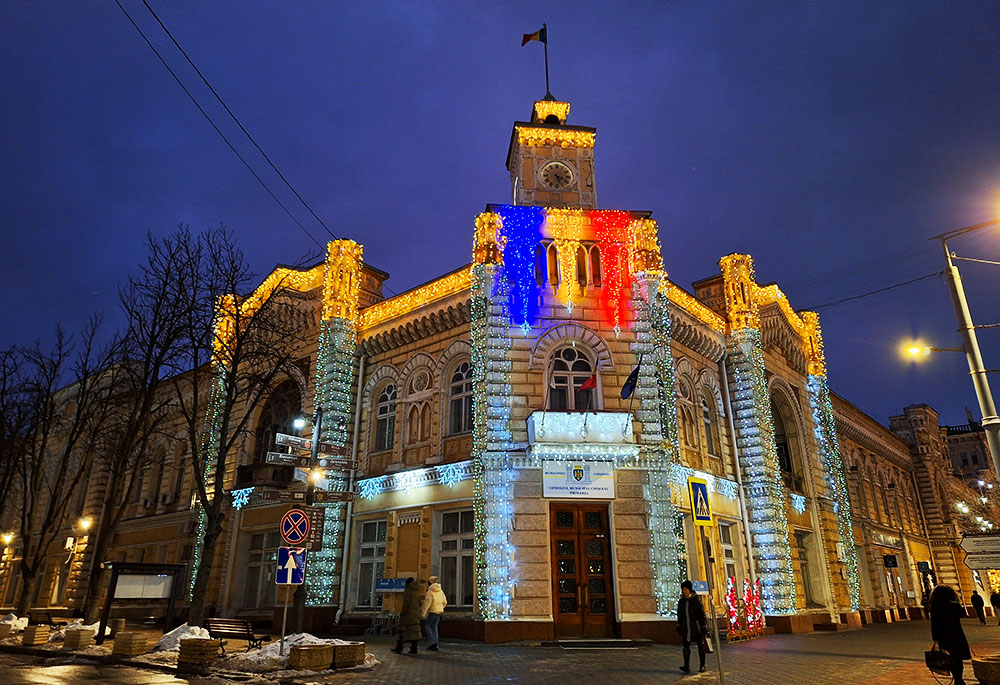
the Town Hall
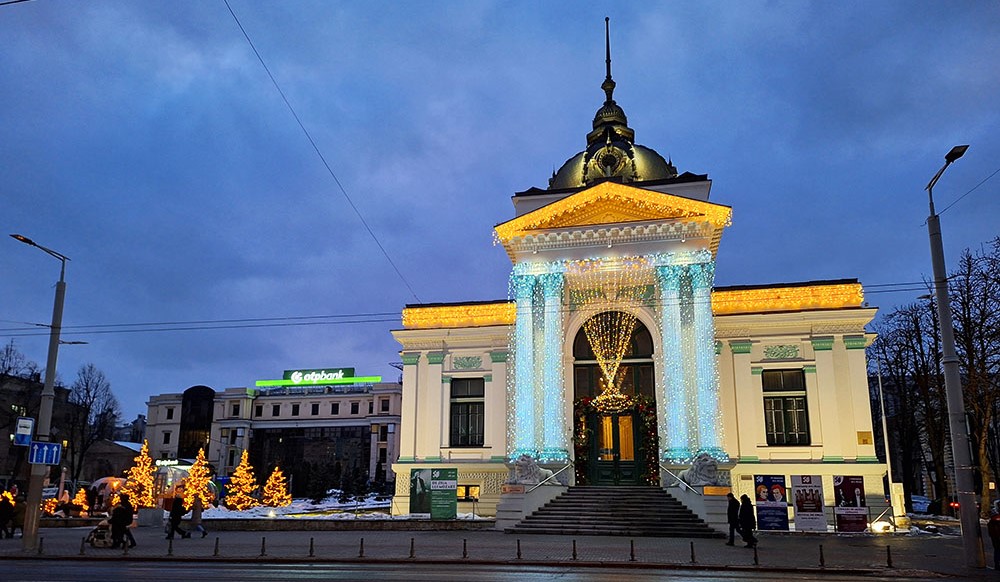
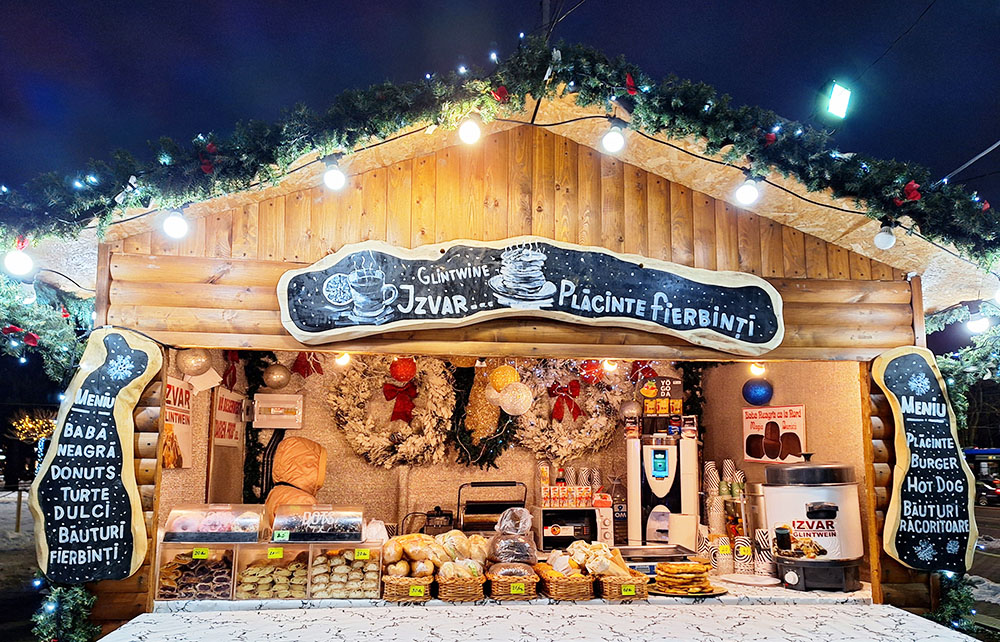
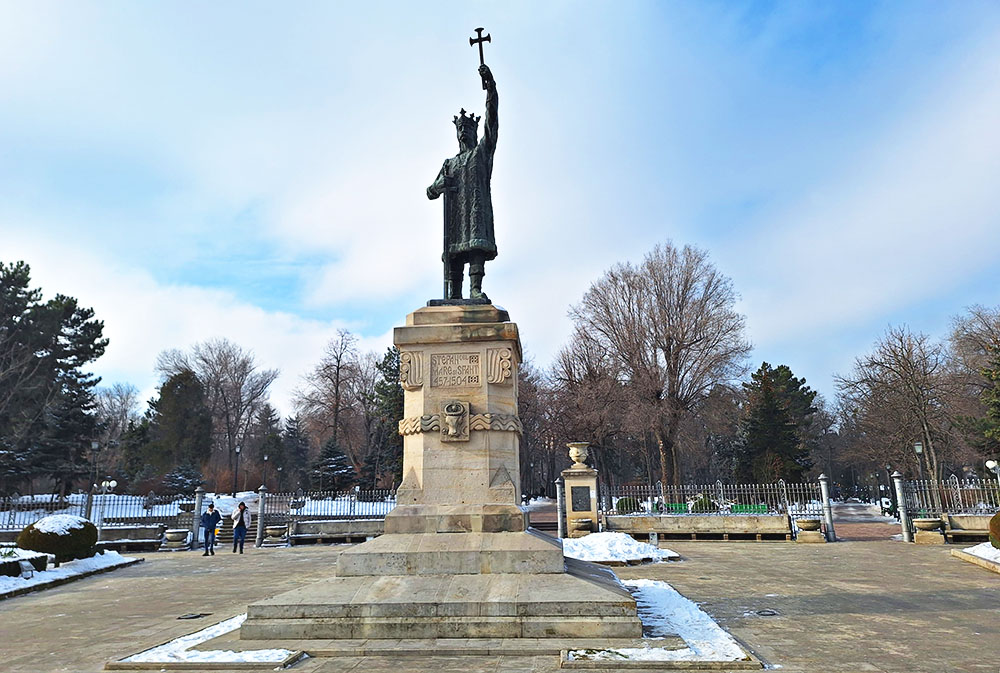
Stephen the Great monument
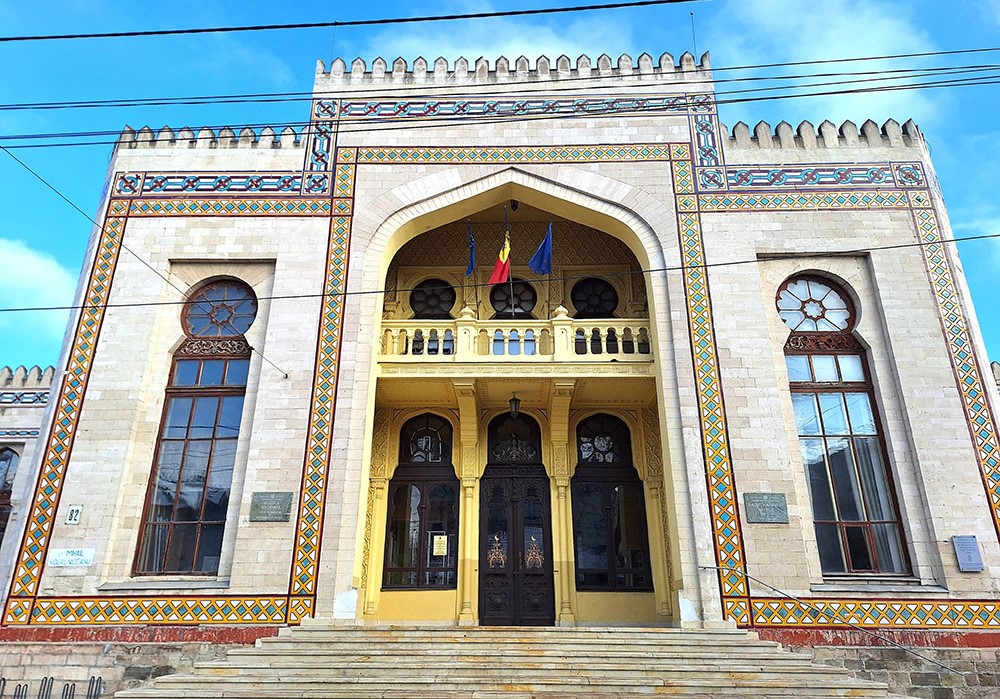
National Museum of Ethnography & Natural History
CHISINAU
I was aware that the capital of Moldova is a gray, indifferent and ugly city. But I got also lucky to visit the country during the best time of the year, the Christmas! Although Moldovans are Orthodox Christians, they follow the Russian Orthodox Church and celebrate Christmas in January. So, at that time I was there, the city was still decorated and moreover, snow-covered! I experienced a nice town, with lots of great places of interest, modern and cozy wine bars with the finest wine and traditional restaurants with delicious food. The colorful medieval buildings were making a bright contrast to the gray side of the town, while the strict, gloomy, Soviet blocks and monuments were bringing out the charm of a past era.
What to see in Chisinau:
- the Cathedral in the central park
- the Arch of Triumph
- the Cathedral bell tower
- Stephen the Great monument
- the Presidential Palace
- the Parliament
- the medieval Town Hall
- the water tower
- Valea Morilor Park
- Cascade stairs
- the smallest Little Prince in the world on the banks of Lake Valea
- the Eternity Memorial Complex
- the Soviet State Circus
- the National Hotel building
- Milestii Mici & Cricova wineries
FOOD – DRINK
*The traditional tavern “La Placinte”, a chain of restaurants serving Romanian cuisine at very good prices.
Indicative price for a meal with wine: 6€ / person
*Wine bar Republic: 1 glass of wine 5€
*Wine bar Plincuvin: 1 glass of wine 6€
*Bonjour cafe in various spots of the center
** I stayed at the City Center hostel, close to the Cathedral: price 10€ /dorm/day (via booking)

the smallest Little Prince in the world, on the banks of Lake Valea

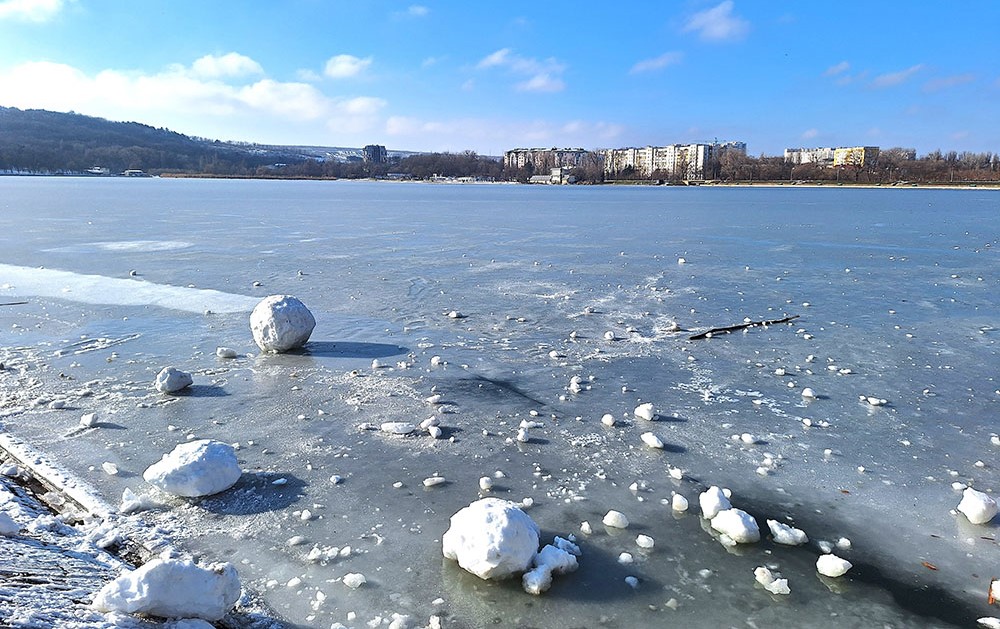

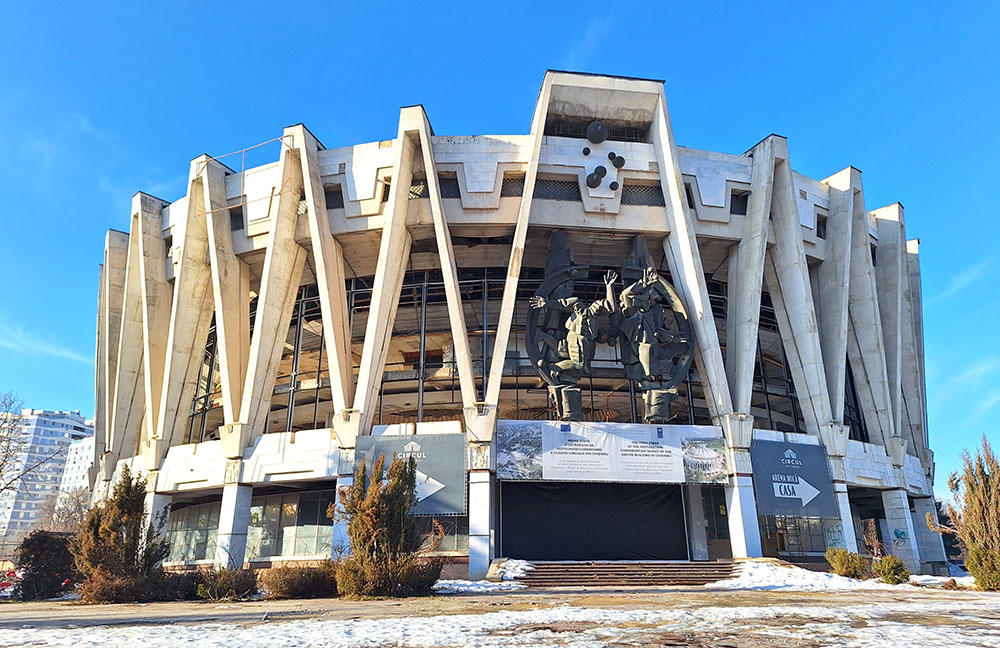
the Soviet State Circus

inside the Soviet State Circus (closed for renovation)

Eternity Memorial Complex

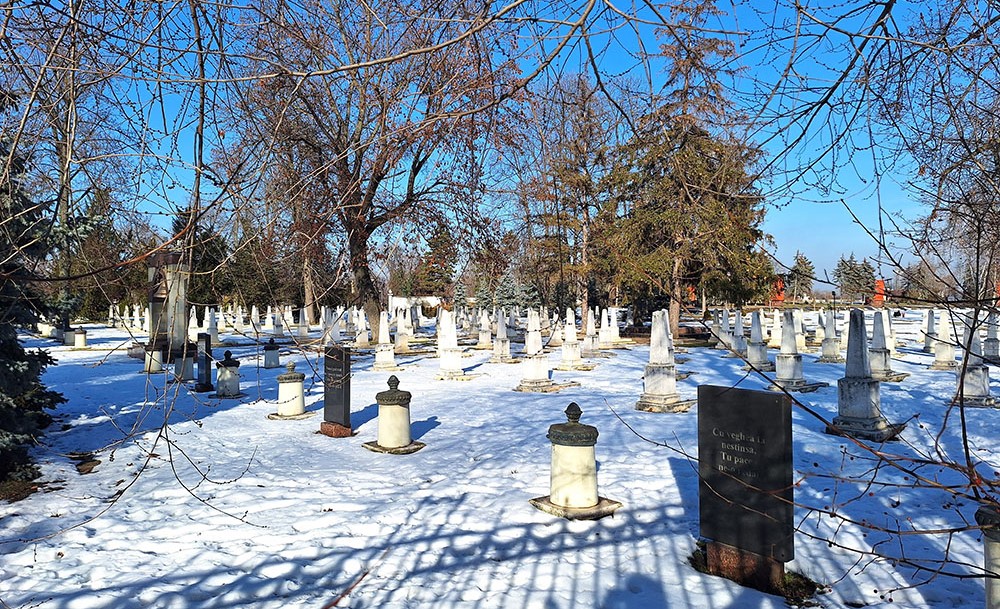
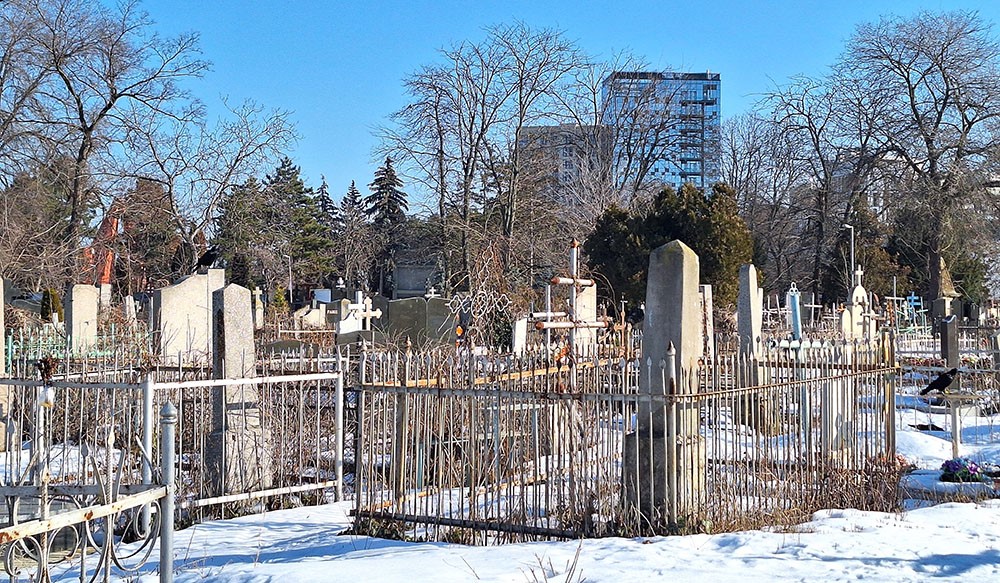

Grigore Vieru pedestrian str


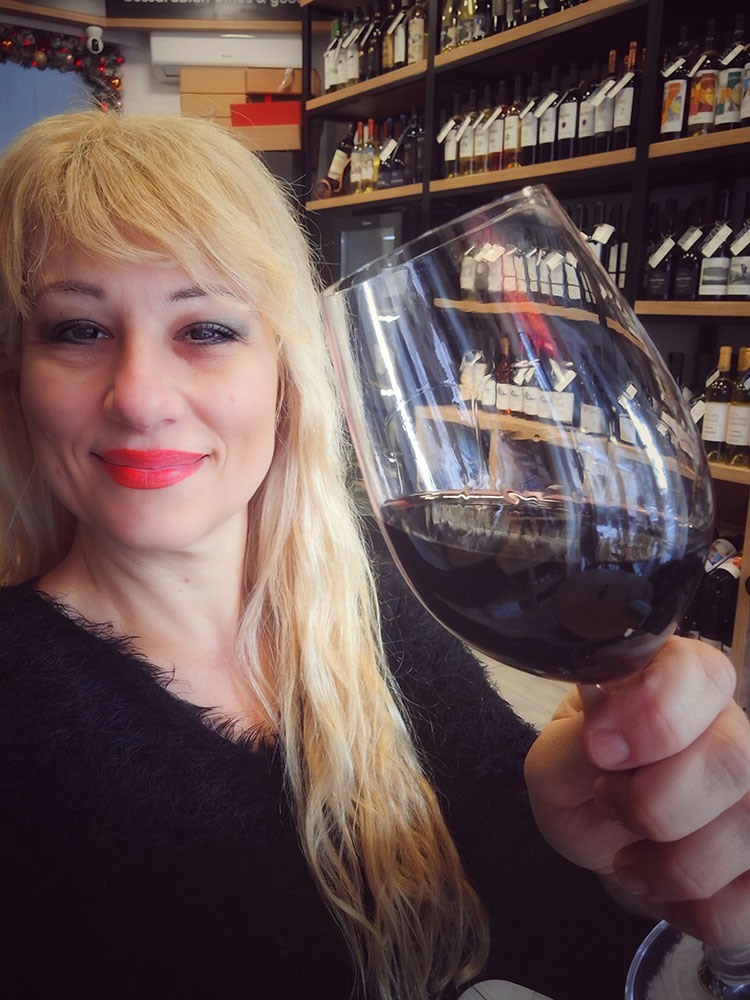







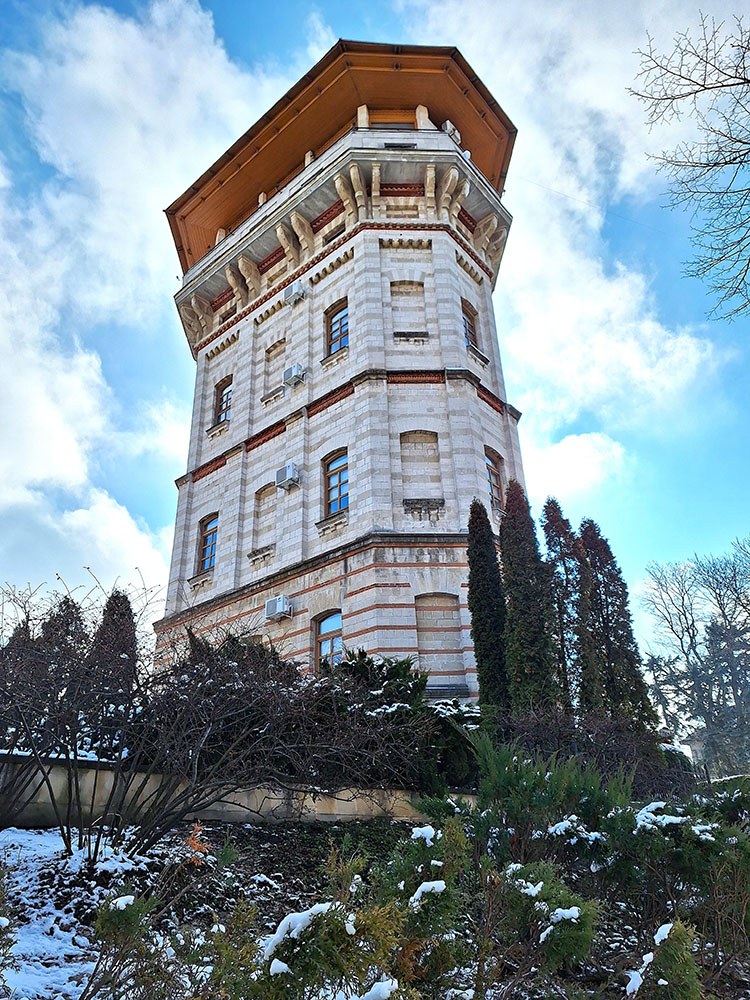
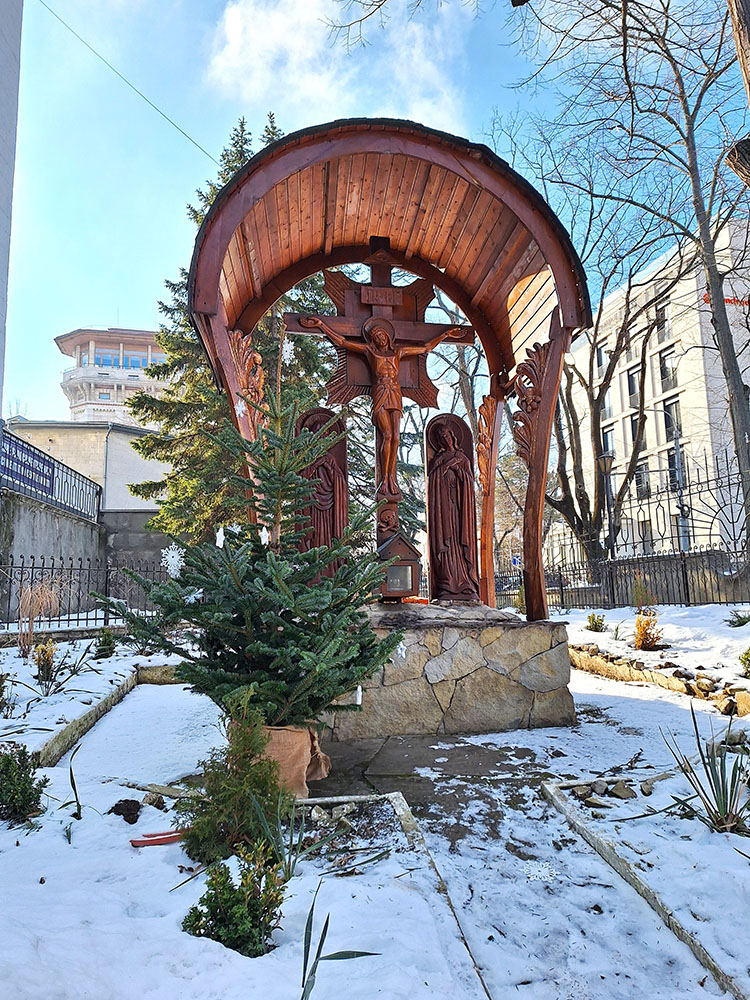

GAGAUZIA – COMRAT
Gagauzia, officially as the Autonomous Province of Gagauzia since 1994, is an autonomous region in southern Moldova, with a special constitutional status. It consists of four enclaves and is divided into three regions. The main, central enclave is where Comrat the capital is located.
I visited Comrat on a day-trip from Chisinau, by a marshrutka from the southern bus station. The Gagauz people are a Turkic-speaking, Orthodox ethnic group, having their own language, Gagauzian. Rural Gagauzia is the poorest region of Moldova with about 160,000 inhabitants throughout the territory. They have their own flag and in addition to their own language, they also speak Russian.
The ride was easy and pleasant, and unlike Transnistria, here there is no border between Moldova and Gagauzia, nor a different currency.
The strict Soviet style of the buildings and monuments in Comrat was similar to that of Tiraspol, although not that impressive. I am pretty sure that exploring the less visited villages of Gagauzia would be a very special and authentic experience, but unfortunately, I did not have more time to spend in the region, so my stroll was limited to just around the center of the capital.

Gagauzia sign at the entrance of the region

riding the marshrutka
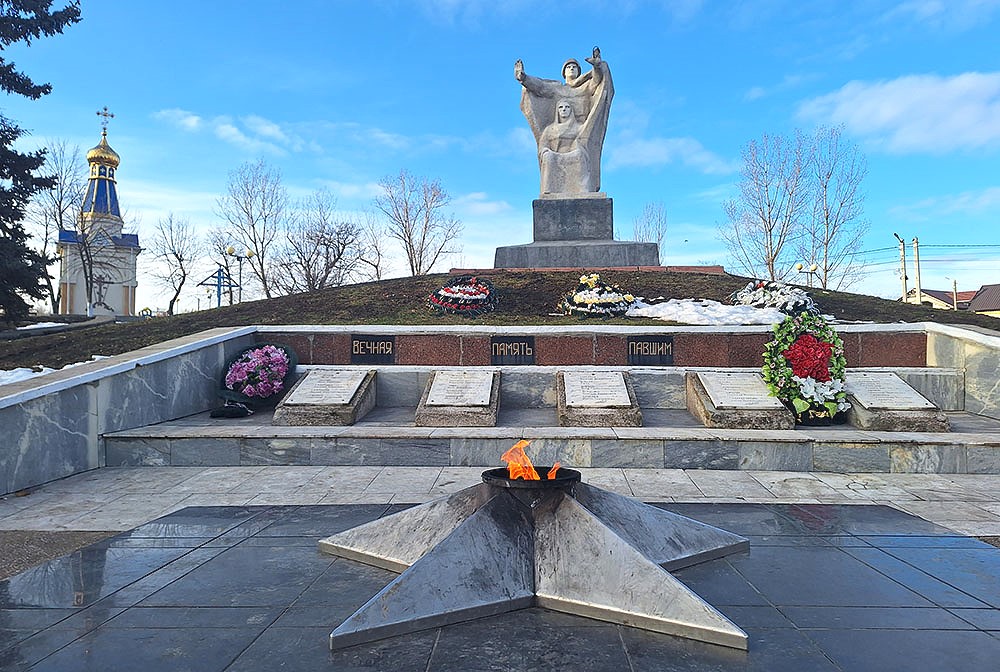
the monuments in Eliberării Park
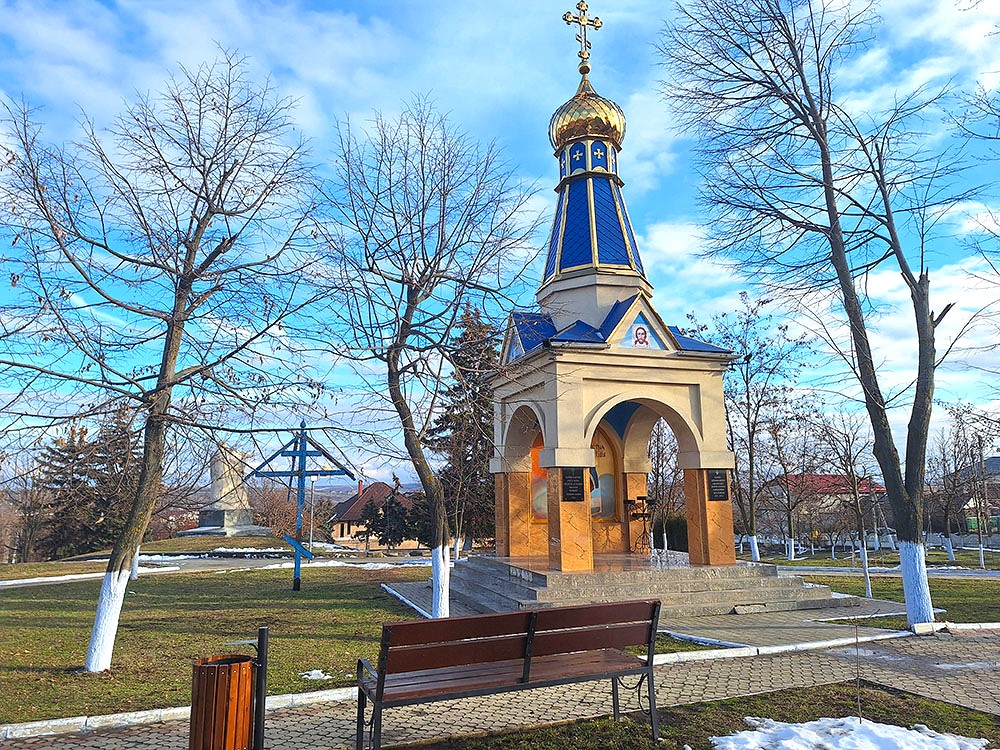

the Russian style St. John Cathedral
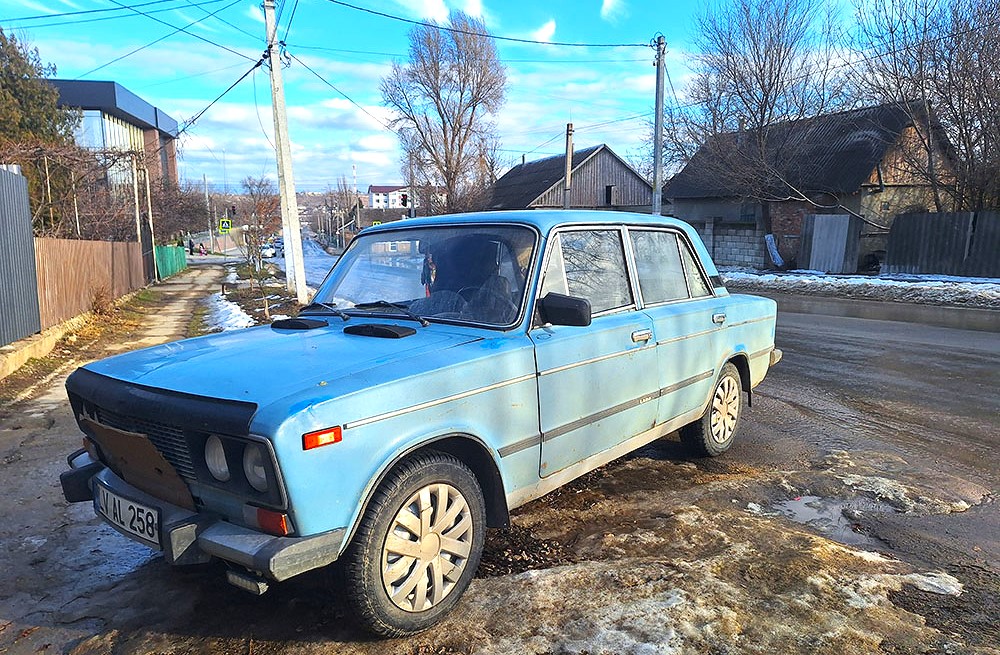
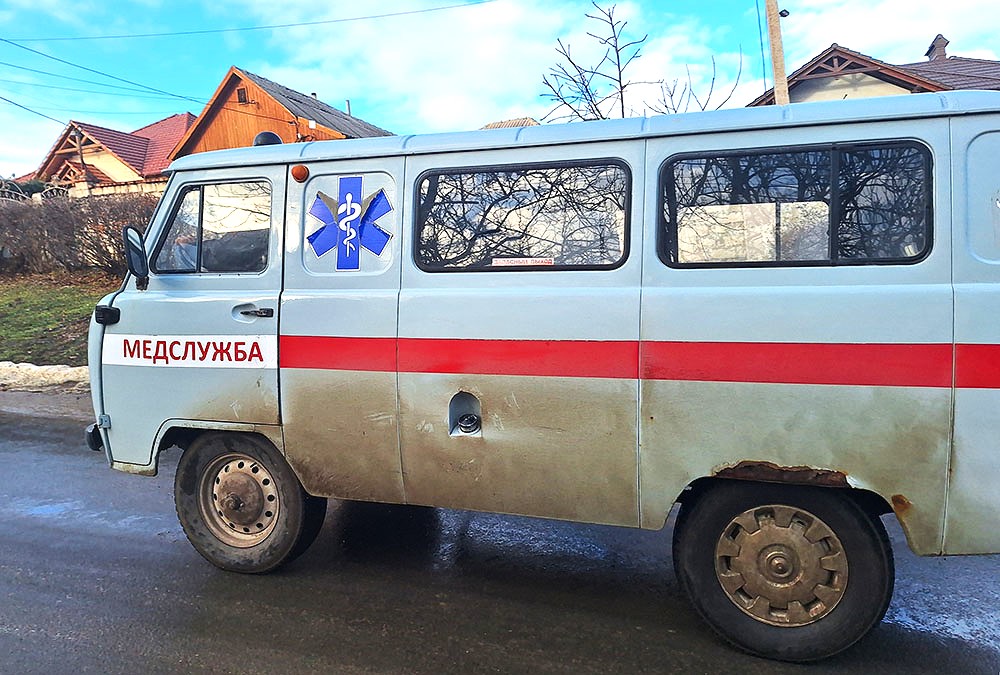

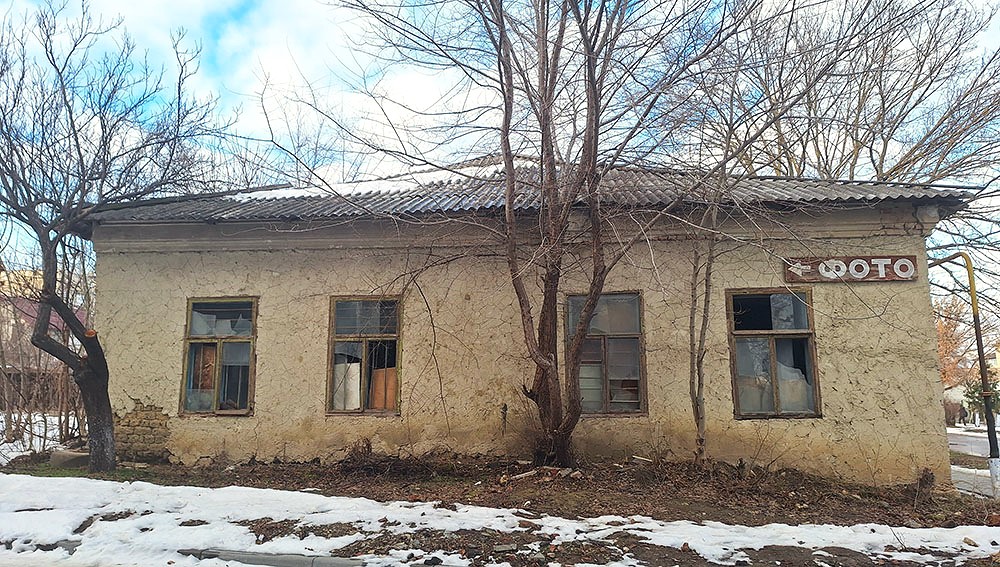
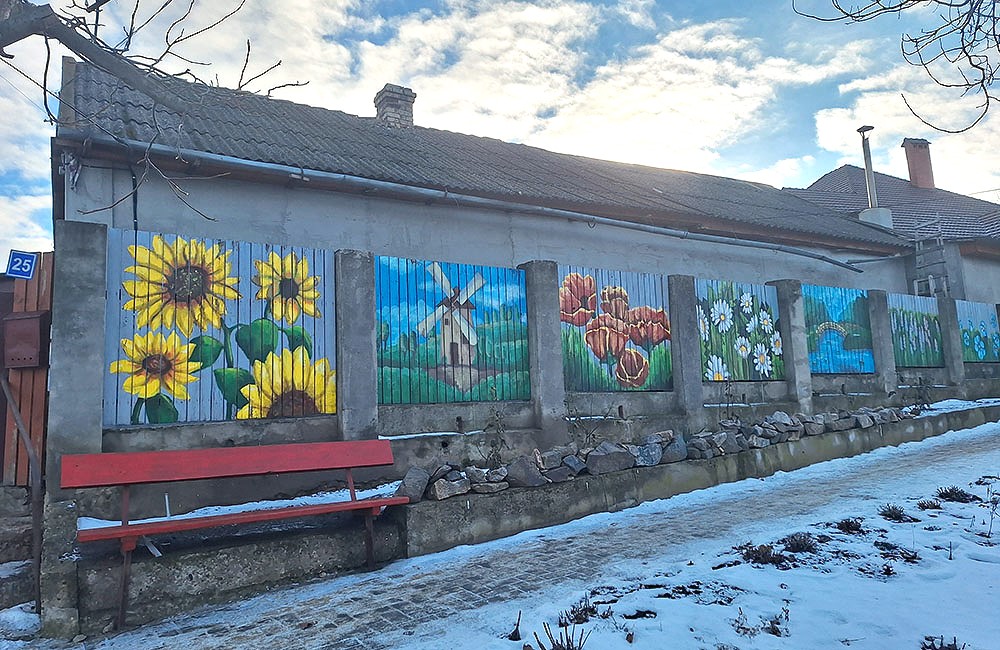
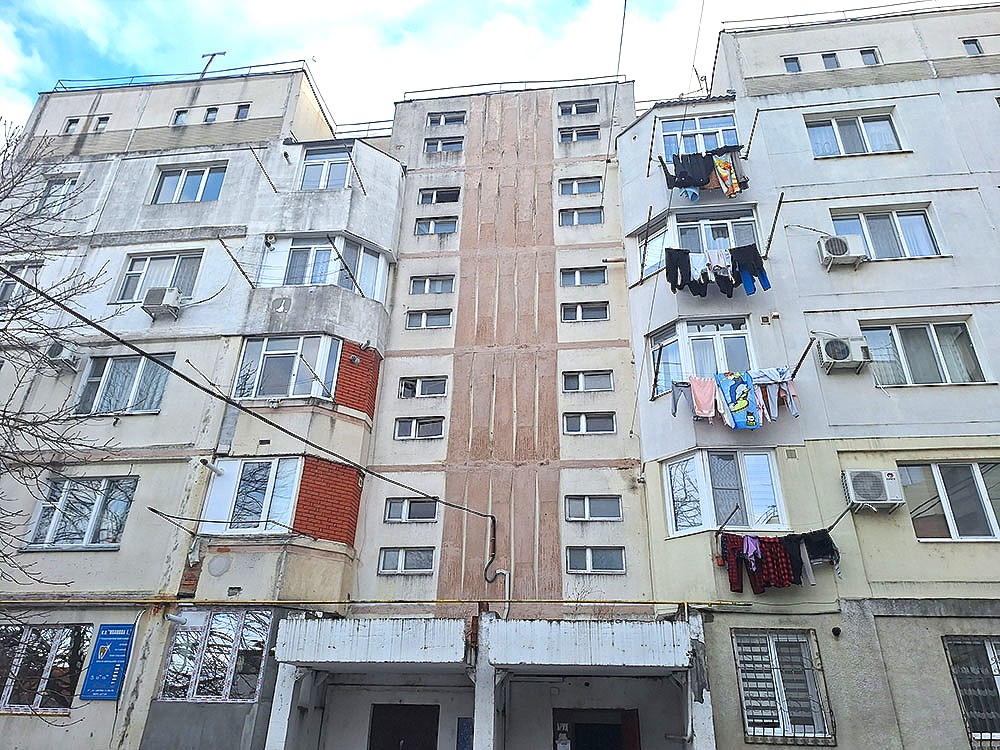
What to see in Comrat:
- Gagauzia sign at the entrance of the region
- the Russian style St. John Cathedral
- the wineries
- the monuments in Eliberării Park
- the central local market
In order to reach Comrat from Chisinau, I had to go to the South bus station, located southwest of the city center. I arrived by a marshrutka in less than 2 hours at the “Comrat 2 Victoriei Street” bus station, which is located a little further out of the center, at the entrance of the town. I went back to Chisinau same way, by a marshrutka from the same station.
Ticket Chisinau – Comrat: 3,66€ (71,25 Moldovan lei)

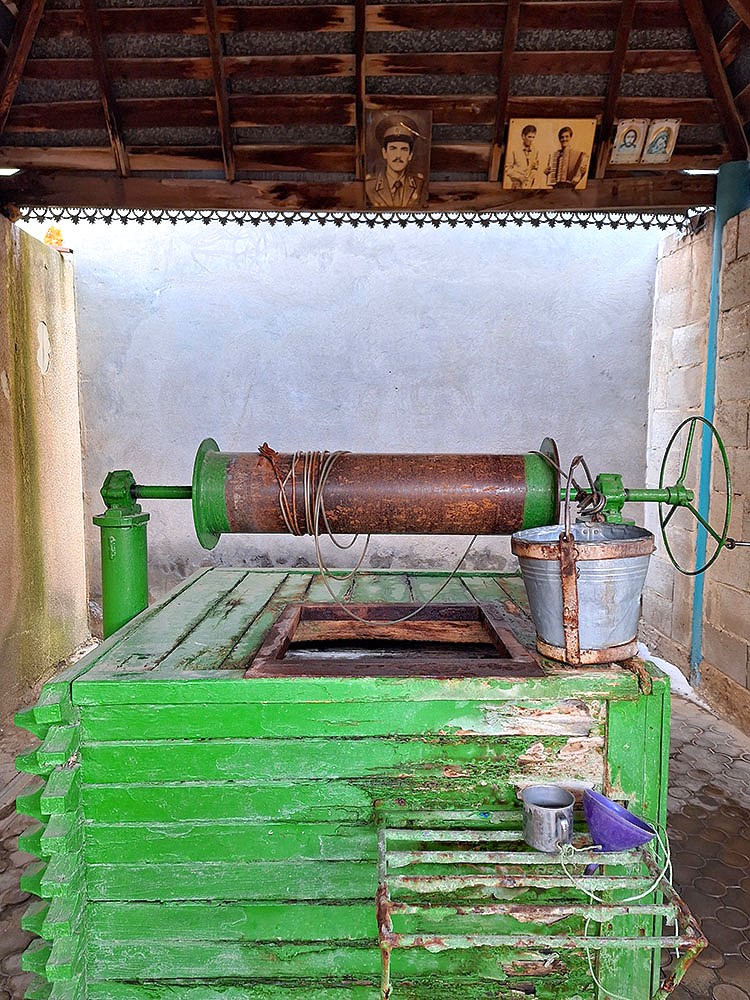
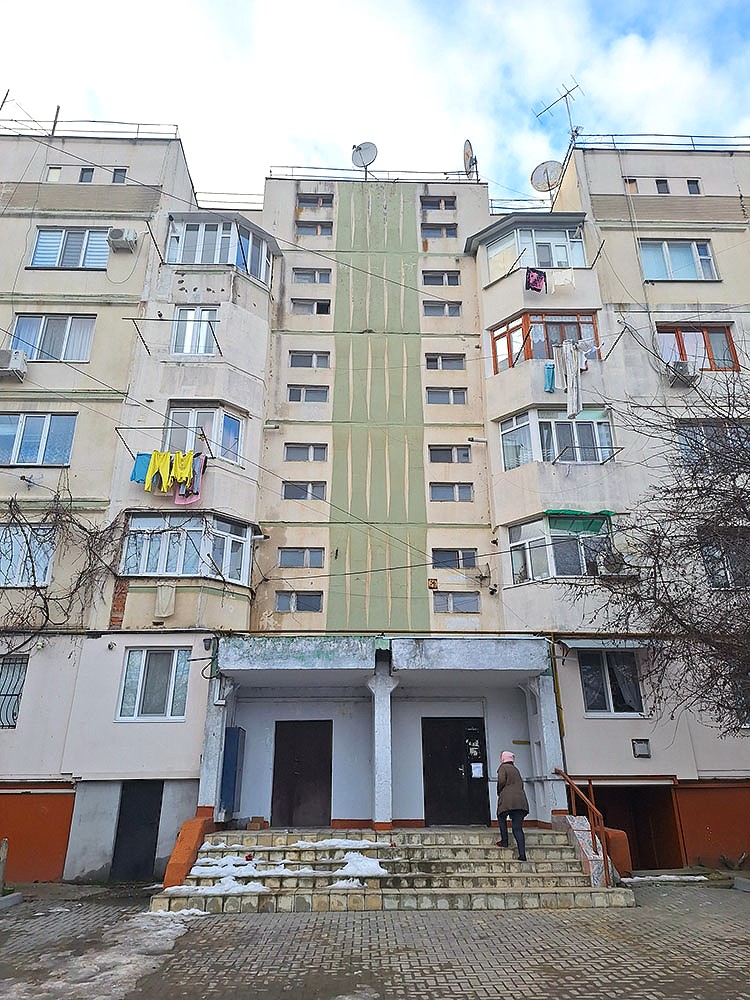


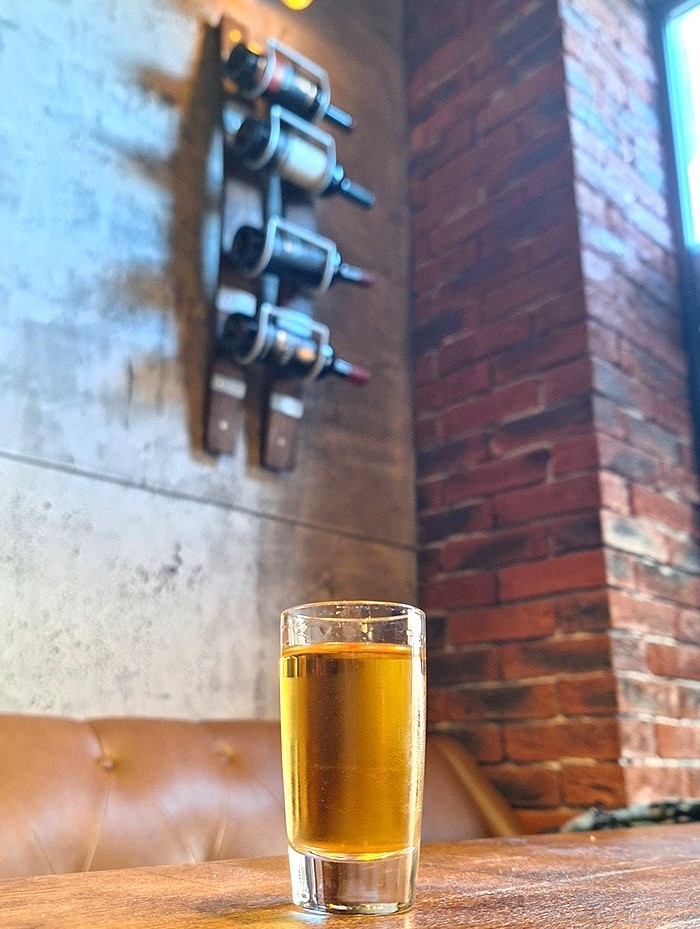
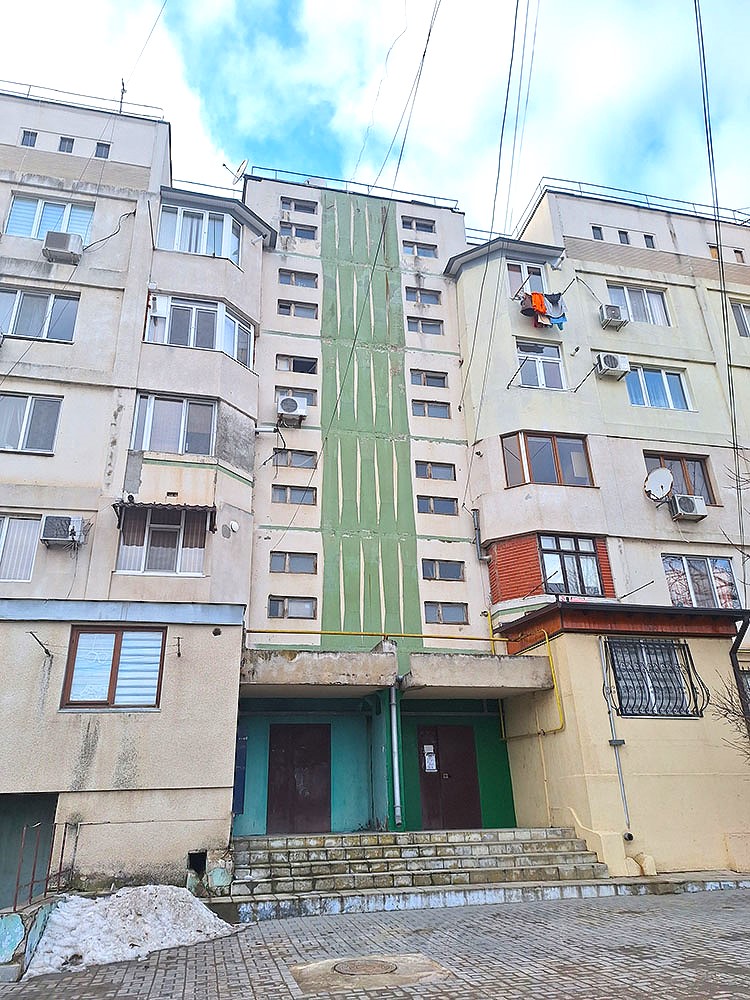

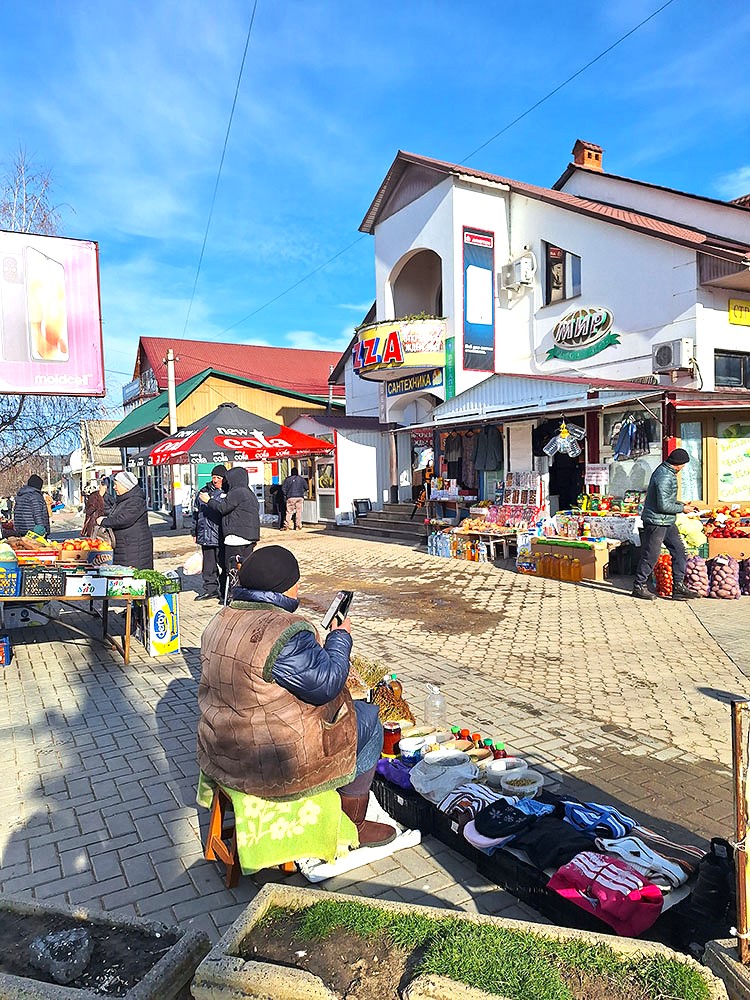
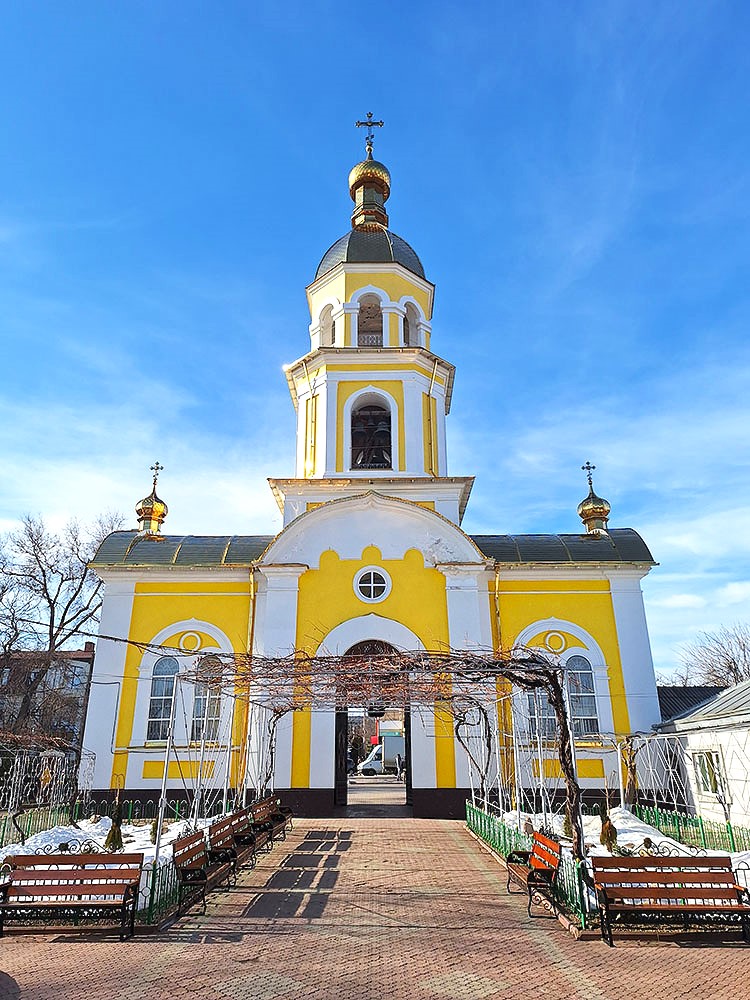


** If you are an alcohol and local cuisine lover:
Don’t forget to try the EXCELLENT local wines, the local vodka with honey and hot pepper (I vote for ARDEI IUTE) and the local KVINT brand cognac, based in Tiraspol.
The local cuisine is very similar to Romanian, influenced by other cuisines of the region as well, such as Polish, Ukrainian, and Russian.
Indicative dishes: Plăcintă, the traditional thin-layered pie that you can find everywhere throughout the country, and mămăligă, a cornmeal puree served together with meat or other dishes.
